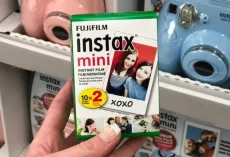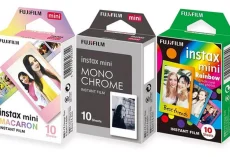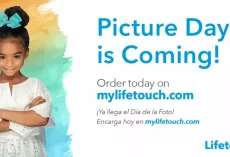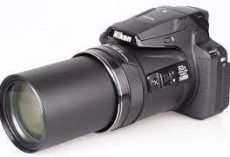Everyone could have their own channel now since youtube was launched. This is good for camera video business, especially camcorder. You could get clearer video especially with the developing of the quality of camcorder video.
We tend to put a lot of thought into what kind of camcorder we want or we focus (if you will) on the event we’re recording. But what comes next – what you do with those videos when you’re done with them – is just as important. Here are four things every camcorder owner should do with their videos:
Keep them organized

Between our phones, cameras and camcorders, we’re amassing more digital files than ever. That means that staying organized is a priority. To ensure you know where your videos are when you need them, you need to create (and stick to) a simple organizational plan. It should start with immediately transferring videos from your camcorder to your computer. Letting videos pile up on the camcorder’s memory is a recipe for disorganization (and disaster – you could lose the camcorder or drop it in the toilet).
Clearly label your folders with relevant information
The next step is to clearly label your folders with relevant information regarding the videos they contain – including date and location. You needn’t rename individual video files, per se, but containing folders need to be clearly labeled and all stored in the same place. Wherever possible, it’s better to use software to transfer your videos onto your PC or Mac. Video software (either the program that shipped with your camcorder or a third party application) offers more tools for organizing videos, such as the ability to tag your files with location or personal data.
Share them
With the proliferation of video-sharing sites like YouTube and Vimeo, it’s never been easier to share your video, even your high definition or 3D video, with friends and family no matter where in the world they live.
You can create personal pages on a number of online sites to host your videos and invite friends and family by email to let them view your movies. Or, make the pages public and let the world in on the fun. Social networks like Facebook and Twitter are getting increasingly video-friendly.
You can also share them via email.
Most camcorders ship with software that will enable you to email video clips, including the option to resize (i.e. shrink) your video down to a reasonable size, so they won’t clog your recipients inbox. Free software, such as Google’s Picasa, can also do the trick.
There are also conventional ways to share – such as viewing on a TV, either via a direct connection from your camcorder to the TV (via A/V or HDMI cable) or by burning your video to disk. In this digital era, many media players, such as the Boxee or TiVo, can display any videos stored on a home network on your TV, bypassing the need to either connect your camcorder to your set or burn DVDs. Be warned, though, that streaming HD video on a home network can tax older wireless networks.
You can also project videos from your camcorder using a pico-projector (some camcorders are now being built with their own projectors as well).
Create: If you cringe at the thought of video editing, you’re in good company. It can be a laborious process. Fortunately, there are several software programs, and online tools, that can automatically blend still photos and HD video from your camcorder into a multimedia show that can be uploaded to YouTube (or Facebook, or Vimeo, etc.) or shared via email. Services such as Animoto and software like Muvee Reveal offer a very straightforward approach to video product – with a few drag and drop effects, captions and titles standing between yourself and a professional-looking video creation.
Back them up

This is, without a doubt, the most important step. Many newer camcorder owners, and especially pocket camcorder owners, likely save their videos directly to a hard drive. If you’re among them, your videos are in jeopardy. Hard drives won’t last all that long. If you only store your videos on a hard drive, you risk losing them all in one catastrophic hard drive crash. Consider purchasing an external hard drive or using a cloud storage service (or, ideally, both) to save your videos to. (You can learn more about archiving your videos here.) Suffice it to say that you should immediately created duplicate copies of your videos files on an external drive and/or cloud service right after you transfer those videos to your computer. Future generations will thank you.








